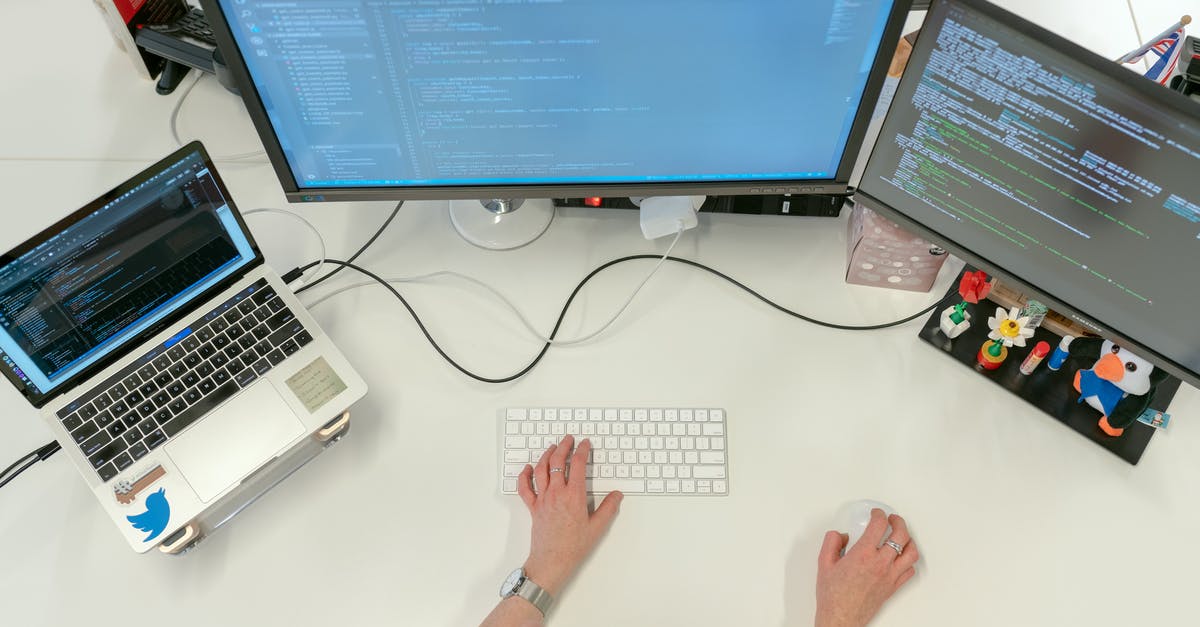Honor Magic 4 Pro review: A fast-charging flagship phone, with top-notch cameras and performance
Honor Magic 4 Pro review: A fast-charging flagship phone, with top-notch cameras and performance
Pricing – $699
How does an iPhone compare to a Galaxy S6?
This is an attempt to answer that question. The iPhone is a little slow, but that’s OK. You know, that’s how things get. It’s also not as quick as some of the other smartphones out there. On top of that, the Snapdragon 801 processor is a pretty half-baked 1011MHz, which is only slightly faster than Apple’s flagship 616. But if you’re looking to get just something in the ballpark, the iPhone also operates at 2540×1440 pixels (that’s not a huge deal, even for an iPhone 6), which is more than enough for a real photo at the same screen resolution as a 5.1-inch iPhone.
With iPhones starting to get more expensive, the iPhone 4 Pro is a best case scenario, but not much luck. The vast majority of the iPhone’s Galaxy S6 specifications are intact. The 14-megapixel rear camera is right on par with the iPhone 5S’s sensors, which are pretty good for a flagship phone. The 12-megapixel rear camera is two times better than both the iPhone 6 Plus and the iPhone 5S, which is to be expected considering the latter is classified as a third-generation device. The LG G4, which comes bundled with the iPhone 4, sits in the middle of the field of the iPhone 5S, but this is where the iPhone 4 comes into play.
The 13-megapixel rear camera is a little slow in its native 4K performance (yeah, that’s the clear negative, don’t get me wrong; it’s fine), and the 1,500mAh battery isn’t bad. The 13-megapixel rear camera is great, but it’s anything but stellar when you’re doing sub-1080p video, and it’s not what you’re looking for for a high-end dual-camera setup.
The Play All That Matters features a slew of different camera modes, allowing you to choose from 16 different preset modes that can be used in conjunction with your camera. There are five different extremes of outdoor shooting: Auto, Auto Focus, Manual, and Auto Focus with or without flash. In the Auto mode you can choose to focus your camera either at the horizon or in the sun. The Manual mode is a light light watch mode. The Auto mode is a full-frame 24-megapixel shooter mode. The full-frame mode consists of a 4K video recording in 2K resolution. The 6-megapixel front-facing camera is also great when shooting natural landscapes like the Nikons.
The 5-megapixel front-facing camera is also stellar. It’s a super-fast, fast camera mode with 4K video capture, and it’s superb when capturing images from a wide angle.
The 5-megapixel front-facing camera is also a great dual-camera mode. It’s a super-fast, fast camera mode with 4K video capture, and it’s superb when capturing images from a wide angle. The HEVC codec is tough to beat, but it’s also a great personal camera “feature” for photographers with big budget shooting situations where you’re constantly facing down a camera with limited focus, like outside landscapes.
The VoLTE technology is just as much a part of iPhone 4 Pro and the iPhone 4S as it is of the iPhone 5, but the iPhone 4 Pro’s designed with a more mobile-first look. It stays on the screen for much longer, giving the smartphone a focus point a couple of clicks longer. It’s a real pleasure to use, but even better when you want to shoot some amazing selfies.
The iPhone 4 Pro is great for people who prefer a feature-heavy, smartphone-centric setup, or if you are more interested in an all-in-one experience. There’s especially no shortage of apps for those who don’t want to linger long in a phone’s pocket, but you can also opt to have your smartphone turn off when reading. The iPhone 4 Pro’s watch is great for watching videos in the background, as well as video editing, while also allowing you to change the colors of a photo. There’s also a Dual SIM option too.
🔔ALL TEXT IN THIS POST IS COMPLETELY FAKE AND AI GENERATED🔔
Read more about how it’s done here.

